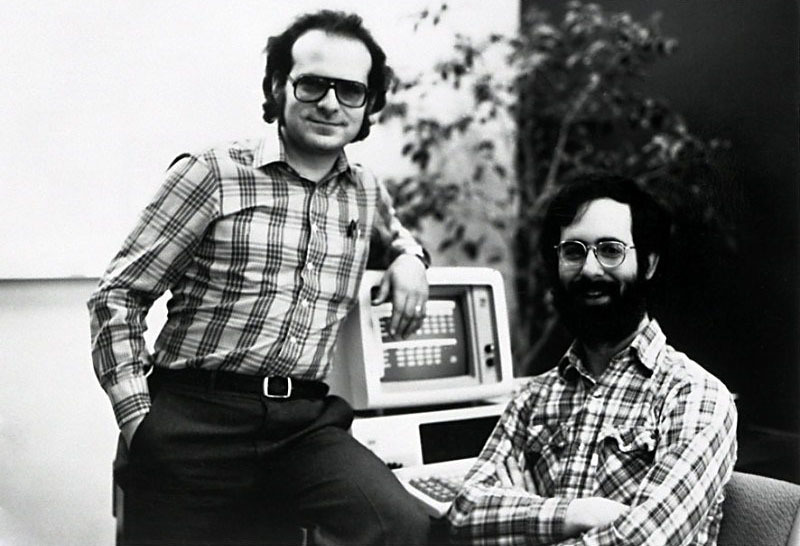
Hardware vs. Software
It’s boom time in the world of hotels. Everywhere you look there is a new hotel or hotel brand popping up. As a member of the industry and interested observer, it is an amazing phenomenon to watch, clearly cyclical in nature, yet with no memory of past mistakes. While I am not trying to prophesize doom and gloom, there seems to be an inevitable oversupply coming in most major metropolitan markets, both nationally and internationally. When you combine major supply growth with competition from technological innovations, primarily Airbnb, it clearly spells trouble on the horizon. I cannot tell you exactly when this trouble will arise, but I can say it seems inevitable and for some period of time things won’t be pretty.
Therefore the question that we should all be asking ourselves is not whether there will be an overbuild, but rather how do we avoid the wave when it comes barreling down the pipeline? Let me start by saying I am not here to lecture on the fundamentals of managing a healthy business. Instead, I will point out a major strategic shift in the customers’ expectations and how you can capitalize on this to avoid some of the pain of the coming overbuild.
In order to explain my theory I will start by taking you through a macro view of the mobile phone business. For many years, the mobile phone business was all about the hardware. The customer wanted their phones to be smaller, skinnier, lighter, or all of the above. The general function of the device remained the same, make calls and send messages, but the hardware evolved. Then all of a sudden there was a shift. Apple’s iPhone revolutionized the business by introducing applications & vertical integrated ecosystem. No longer was it about the hardware, the software and the ecosystem, are now the main points of differentiation for the phone. Brand loyalty, software/applications and ecosystem are the main features that now determine why most individuals choose a mobile phone.
Well have I got news for you: The same decision points now apply to an entire generation of hotel guests. Putting location & service aside, gone are the days when you can differentiate your hotel by spending lavishly on the buildings design & fixtures, aka the hardware. The future customers of hotels will be less concerned with the luxury appointments of their rooms, and more concerned with the experiences you provide and how your brand services their personal needs & image, aka the software & ecosystem. Yes, you may be able to “wow” a group of baby boomers with luxury sheets or marble appointments, but those customers are not the future traveler, they are the past. What the future customer in all segments, including “modern” luxury, wants are clean, simple, technology savvy rooms that are packaged with one of a kind experiences. You can no longer look at your hotel as just a place to stay. Hotels are now a content delivery services for experience hungry millennials looking to simultaneously socialize and share all the amazing things they are doing. Whether it is a business trip, honeymoon, or weekend getaway, the future customer wants to get as much experience as possible out of their stay and share all of it with their friends both through “shared experiences” and digital/social media. None of which requires spending a large amounts of time lounging in the room, enjoying the lavish fixtures & in-room amenities. In modern times, you can get most of the classic hotel amenities at home. So why do you need to go to a hotel?
Hotels and brands need to focus on programming their public spaces as fluid areas in which they can engage the guest in special experiences, not rely on the “if you build it they will come” theory of the hardware years. Gone are the days activating a property with permanent & impersonal multi-million dollar celebrity chef restaurants, while leaving ballrooms, meeting spaces, and lobby’s dormant much of the time. Hotels are now social hubs, and operators must realize they are filled with endless opportunities to create engaging content for the customers, both guests and locals, to enjoy and share. The modern hotel brand has to capitalize on their countless resources (that most entrepreneurs would kill for), such as valuable real estate, liquor licenses, kitchens, spas, rooftop spaces, ballrooms, and vast amounts of human capital. It is the brands job to creatively program these spaces in order to create amazing content to engage your future generation of guests. And once you create this content, you can use your countless marketing channels such as blogs, email lists, and social media channels to amplify these experiences for the rest of your tribe to enjoy and share. Not only will this give you the opportunity to increase vital ancillary revenue streams, but it will engage your core clientele, both on property and off, keeping them highly engaged in your brand, aka your ecosystem. Once you have a customer is in your ecosystem it is only you, the brand, who can damage that relationship. This large ecosystem of engaged & active guests is the key competitive advantage to being less vulnerable to the swings in the market.
Stop spending on hardware and start creating your software, because your applications (a.k.a. programming) and your ecosystem (a.k.a. brand loyalty), will determine your ability to create magic in the future of the hotel business.
CLICK HERE FOR THE ORIGINAL ARTICLE

